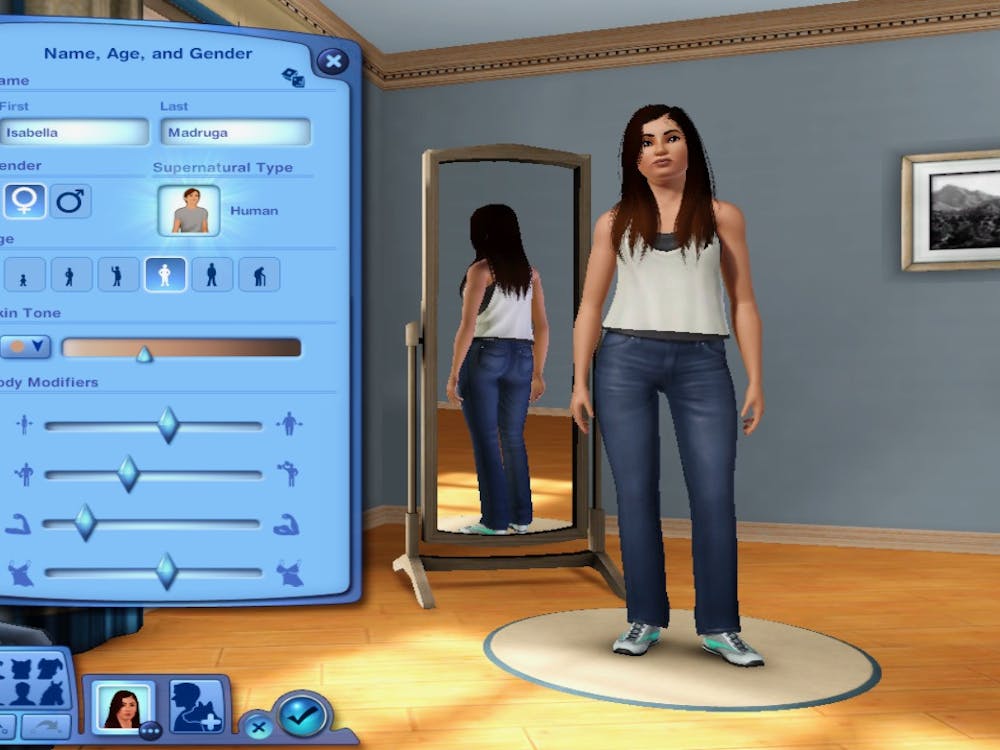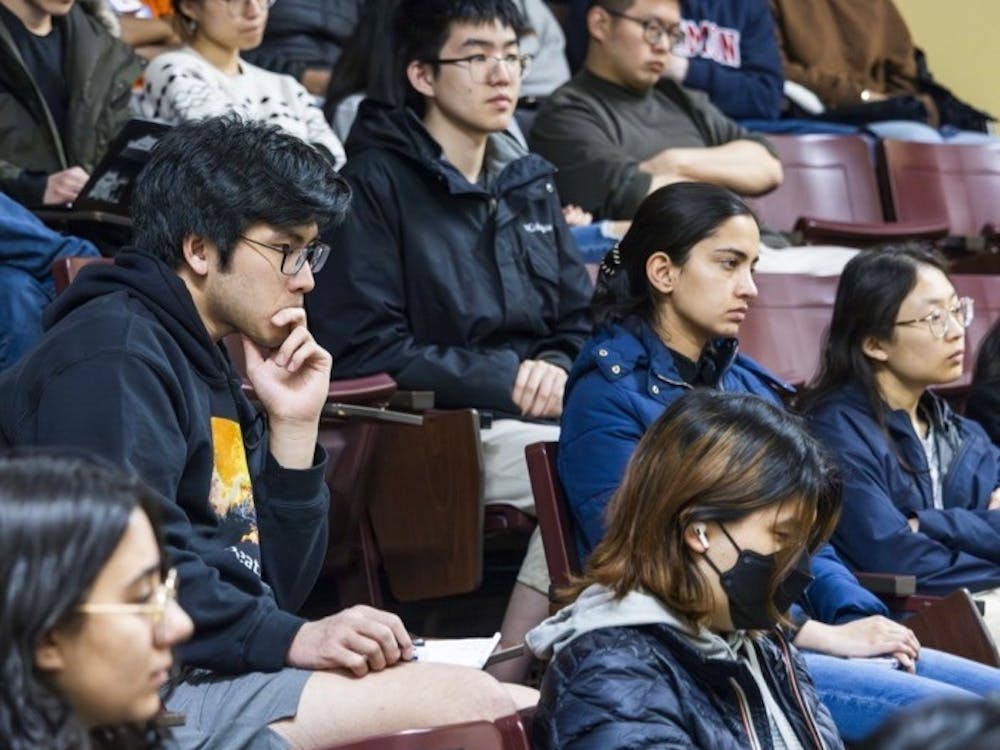
In My Sister’s Keeper, Jodi Picoult tells the story of the Fitzgeralds, a family that has been living in the grip of their eldest daughter’s leukemia for years. However, Picoult chooses to start off the story by introducing us first to Anna — the youngest daughter and the likeable and determined main character. Anna was born in order to serve as a bone marrow donor for her sister, and as time goes on, she winds up being forced to undergo many painful procedures for this purpose. As the summary on the back of the book states, “Anna is not sick, but she might as well be.”
As Anna enters her teen years, she starts to question the entire purpose of her life and, to her parents’ surprise, decides to start a legal battle to fight for the rights to her own body.
We’ve all heard about the pitfalls of telling a story from only one perspective — that of an unreliable narrator. But this novel switches between the perspectives of basically every single character, as a result of which we become intimately familiar with the thoughts and emotions of each and every one of them. This is probably why it’s difficult for me to decide which side I support. Each character has real reasons to act the way they do. Each character deserves our sympathy. But in finally giving Anna the agency to tell her story, we can see that she has the potential to be much more than just a donor match for her sister, something which her parents overlook.
One character I did not sympathize with much, however, was the mother. She uses her grief over her daughter’s illness as justification to actively neglect her two younger children, giving them less time and attention. This drives her son into juvenile delinquency and subsequent criminal activities, harboring resentment for how his struggles will always pale relative to Kate’s cancer. This is one of the aspects, to her mother’s chagrin, that drives Anna into thinking that she should be treated as more than just a storage cabinet full of potential cures for her sister.
The outcome of the court case (spoiler alert) is in Anna’s favor, partly because, as we learn towards the end, Kate had previously asked Anna to stop being a donor. We’re certain this means that Kate will die a hero, having made the decision to liberate her sister and let her choose how she wants her life to be. Six pages from the end of the novel, however, would come the kind of victory that leaves a bitter taste in her mother’s mouth, when Anna is the one who dies in a tragedy completely unrelated to the medical procedures in question.
At first I felt as though the novel’s twist was a weak attempt on Picoult’s part to avoid having to actually resolve the moral conflict, to avoid having to deliver her stance on the topic. I thought Anna’s death undermined the stakes of the story, allowing Kate to receive Anna’s organs when the book had been setting the stage for her leukemia to win from the start. However, now I feel that Anna’s death just serves to heighten the tragedy of the story. For her, this was essentially a tale of her own coming-of-age journey and an attempt to define her identity. And just as she is afforded the chance to shape her own future, she ends up as the one in the hospital, giving Kate the chance to go home. It also shows how unpredictable life and death can be: with no foreshadowing, no hints, no symbolism.
Before reading this book, by complete coincidence, I had a conversation with my mom about whether or not she believed prenatal genetic screening to be ethical. I don’t remember what she actually ended up saying, but after reading the book, I’m not sure how we would be able to balance discussions of ethics with the pain and desperation of families who might turn toward such measures as a last resort to save their sick child.
But to me, this book is relevant not just for its depiction of an ethically controversial medical procedure, but it’s also relevant for how it believably depicts the intricacies of family dynamics. The parents seem at times to be living together not out of love for each other but in order to fulfill their obligation towards caring for their children. The relationships between the siblings are reminiscent of typical sibling relationships, full of competition and rivalries but also infused with a level of maturity that rivals that of the adults.
Perhaps this story does not need to be viewed as anything more complex than the tale of a family unraveling for it to speak volumes about its subject matter. My Sister’s Keeper is ultimately a story of the Fitzgeralds coming to terms with the fact that they had a desperate hand in creating the situation and causing the entanglement of life and death, of the intimate relationship between siblings in the face of adversity, of life ending when it should have just begun.















Please note All comments are eligible for publication in The News-Letter.